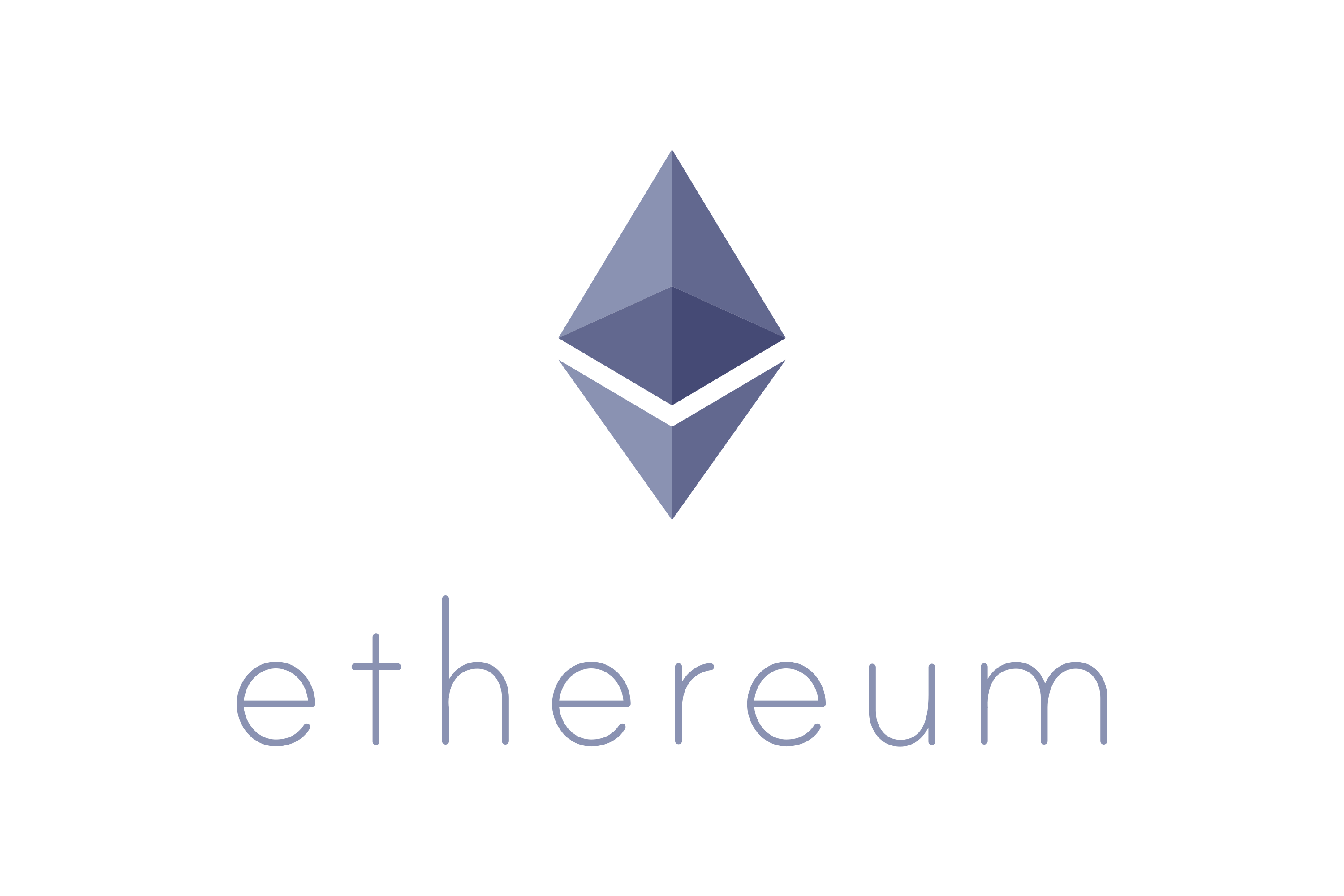Ethereum is an open-source, blockchain-based platform that was created to enable the development of decentralized applications (DApps) and smart contracts. It was proposed by Vitalik Buterin in late 2013 and development began in early 2014, with the network going live on July 30, 2015. Ethereum’s primary cryptocurrency is called “Ether” (ETH), which is used as both a digital currency and a means of paying for transaction fees and computational services on the network.
Here are some key features and concepts associated with Ethereum:
- Smart Contracts: Ethereum introduced the concept of smart contracts, which are self-executing contracts with the terms of the agreement directly written into code. Smart contracts automatically execute actions when predefined conditions are met, and they run on the Ethereum Virtual Machine (EVM), a decentralized and globally distributed computer.
- Decentralized Applications (DApps): Ethereum provides a platform for developers to build decentralized applications, which are software applications that operate on a blockchain rather than a centralized server. DApps can be used for a wide range of purposes, from finance and gaming to identity management and supply chain tracking.
- Ether (ETH): Ether is the native cryptocurrency of the Ethereum network. It serves as both a digital currency, which can be bought, sold, and used for transactions, and as “gas” to pay for computational work and transactions on the network. Miners receive Ether as a reward for validating and processing transactions.
- Decentralization: Ethereum, like other blockchain networks, is decentralized, meaning it operates on a network of nodes (computers) distributed across the globe. This decentralization ensures that no single entity has control over the network, making it more resistant to censorship and single points of failure.
- Ethereum Improvement Proposals (EIPs): The Ethereum community uses EIPs to propose and discuss changes and upgrades to the Ethereum network. EIPs can result in protocol upgrades and improvements, such as Ethereum 2.0 (Eth2), which aims to transition from a proof-of-work (PoW) to a proof-of-stake (PoS) consensus mechanism for scalability and energy efficiency.
- Scalability: Ethereum has faced challenges related to scalability, especially with high transaction fees and network congestion during periods of high demand. Eth2 is being developed to address these scalability issues and improve the overall performance of the network.
- Use Cases: Ethereum has been used for a wide range of applications, including decentralized finance (DeFi), non-fungible tokens (NFTs), decentralized exchanges (DEXs), supply chain tracking, voting systems, and more.
Ethereum has played a pivotal role in the development of blockchain technology and has fostered a vibrant ecosystem of developers, projects, and applications. It continues to evolve and adapt to meet the growing demands of the decentralized computing space.

